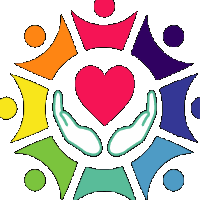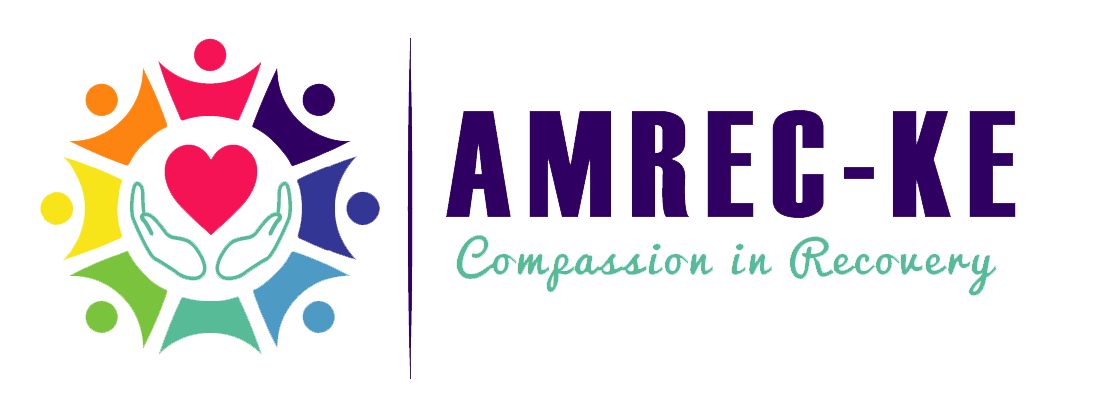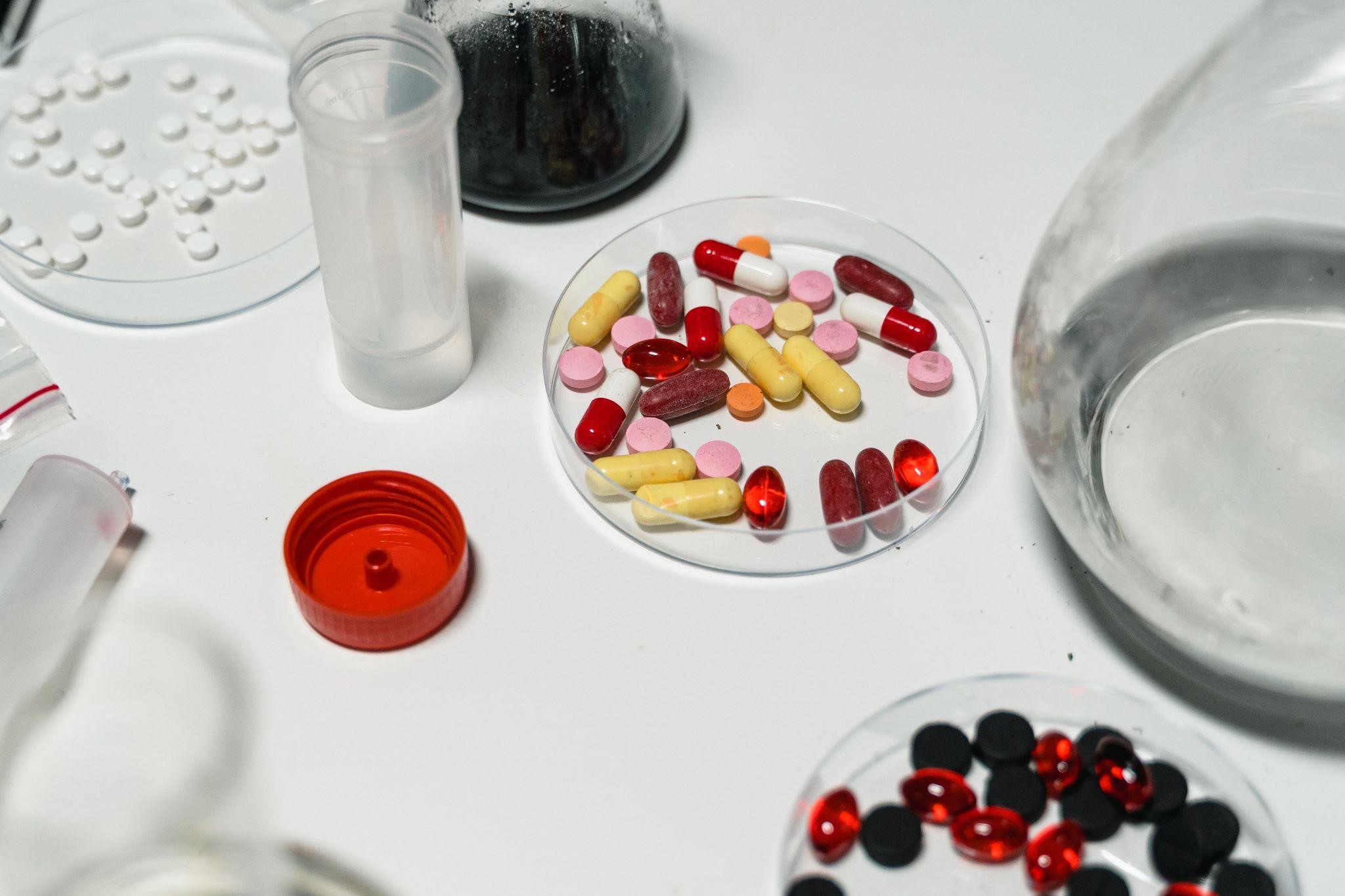Substance and alcohol abuse typically takes time to develop, thus it is a process that happens over time. The phases of drug and alcohol addiction are explained in great...
A person’s dependence and other long-term health effects can be avoided by being able to spot and recognize early signs that they are under the influence of a drug...
What is marijuana? The term “marijuana” describes the dried leaves, flowers, stems, and seeds of the Cannabis sativa or Cannabis indica plant. The plant includes THC, a substance that...
Addictive substances known as inhalants are delivered to the body’s respiratory system. In other words, they are “snuffed” through the nose or inhaled through the mouth. Numerous breathing compounds...
Narcotic analgesics, commonly referred to as “painkillers,” are drugs that make the user feel better by reducing pain and bliss as well as altering their mood. When used as...
Dissociative Anesthetics drugs cause users to feel as if they are out of control or disconnected from their bodies and environment. They can also cause hallucinations and other changes...
The term “hallucination” describes a seemingly real sensory perception of something that is not there. Drugs classified as hallucinogens are substances that significantly alter a person’s view of reality...
The term “stimulant” refers to a substance that increases physiological or neurological activity in (the body or any biological system). A substance known as a central nervous system stimulant...
Contrary to their name, central nervous system depressants don’t actually make you feel down or sad. They work by slowing down bodily and mental processes, which has an impact...
Now that we have an understanding of how drugs started and why people still use them, let us dive into the different types of drugs available. They do say...








